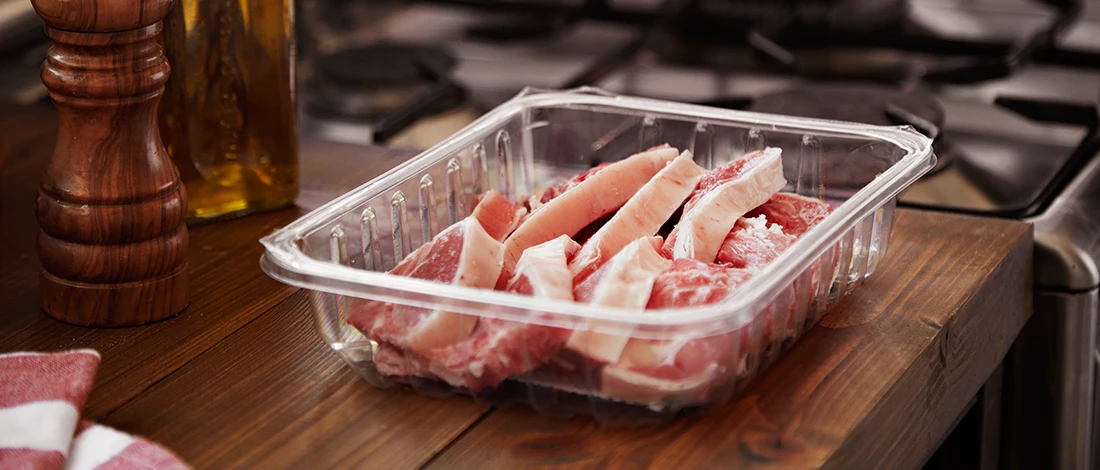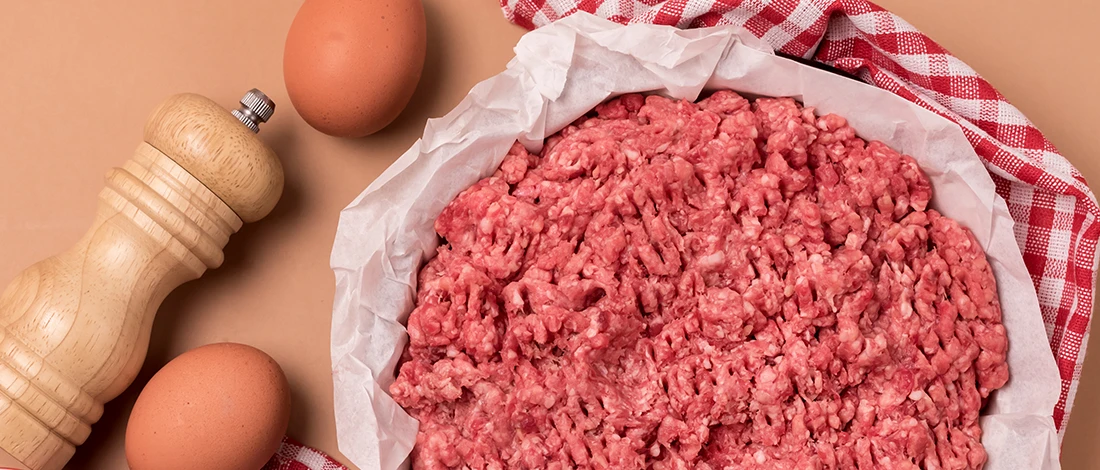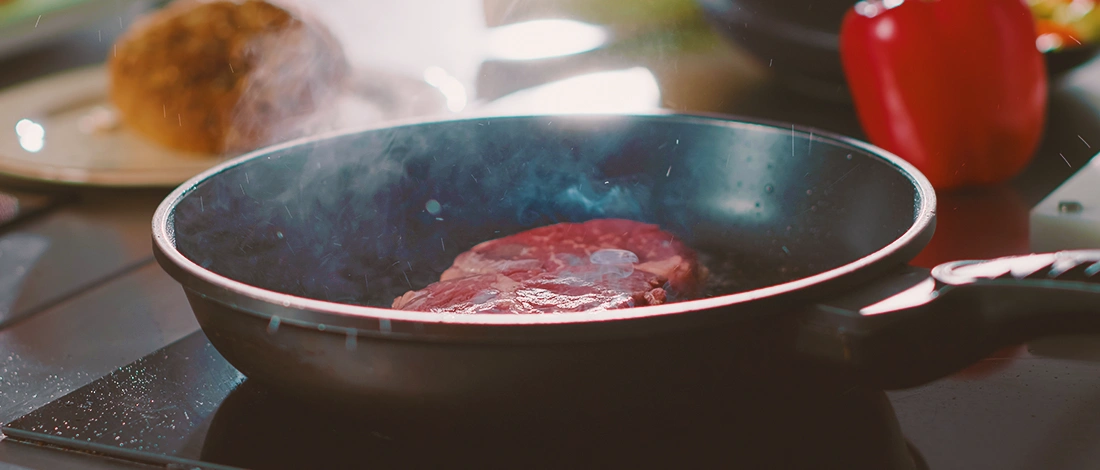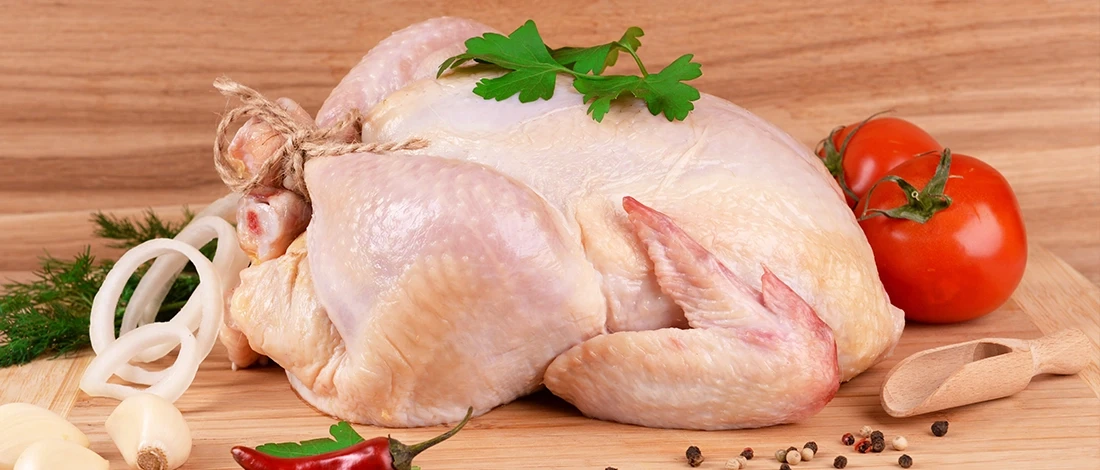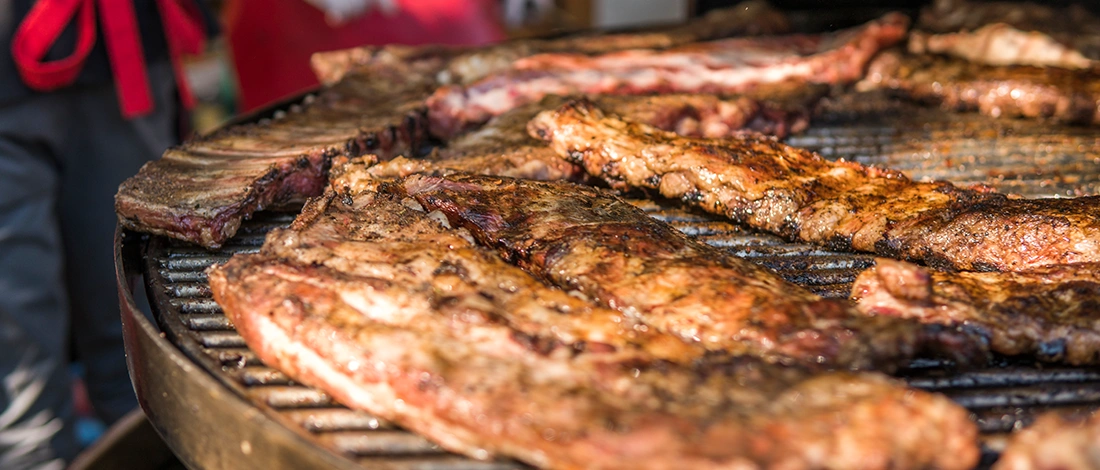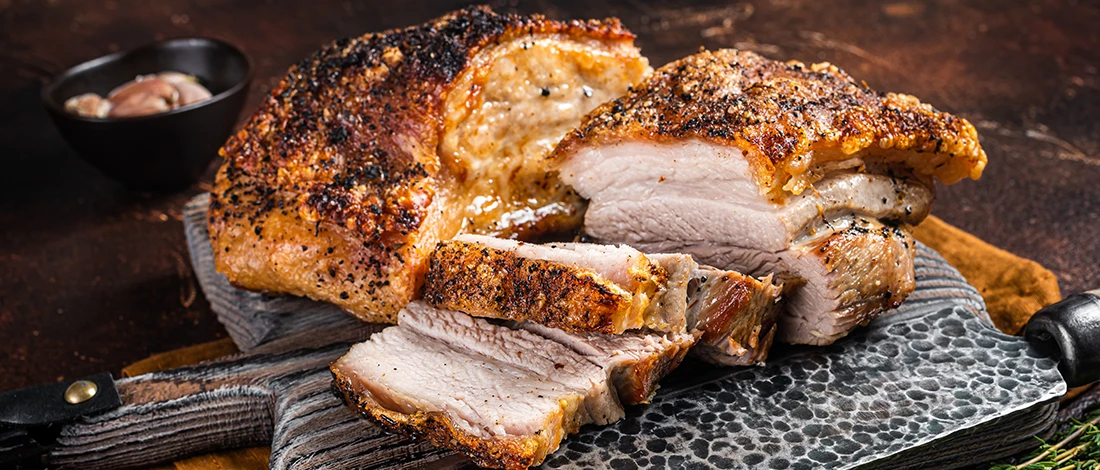I’ve been on a carnivore diet for a decade, and poultry and turkey is one of my favorite ways to get proteins and vitamins without added fats that many meats have.
At Carnivore Style, we care deeply about food safety, so I need to know how to spot signs that turkey might not be safe to eat.
I talked with my butcher and carefully observed raw poultry and cooked turkey for signs of spoilage.
Here are all the ways to know if a turkey is bad.
Quick Summary
- There are three ways you can tell a turkey is bad.
- Never eat ground turkey you suspect has gone bad, or you risk food poisoning.
- You should be careful how you handle and thaw a turkey.
How to Tell a Turkey is Bad

You can tell a turkey is bad by inspecting its smell, appearance, and texture for signs of spoilage.
1. Smell
The most obvious sign your turkey has gone bad is the smell. Fresh turkey doesn’t smell or has a mild odor similar to chicken.
But if there’s a rotten egg smell or sour rancid smell, that indicates your turkey isn’t good.
Remove it from the packaging and let it sit on a cutting board for a few minutes.
This lets the turkey breathe and releases gasses that can be trapped in the package, so you don’t get a false smell.
Give the turkey a good sniff. If there’s no smell, you’re good to go. But, any foul smell is an indicator the turkey is spoiled.
The good thing is a whole turkey is a huge piece of meat — it can go up to 30 pounds.
If it goes bad while in your freezer burn your fridge, you’ll smell it immediately.
The same goes for cooked turkey. If it smells bad while cooking or after you take it out, it’s gone bad. Cooked turkey shouldn’t have too much of a smell.
This depends on the seasonings you use, but if you notice it starts to smell sour, it means the turkey is bad.
2. Appearance
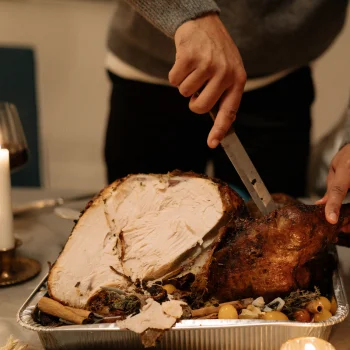
Another way to check for spoiled raw turkey meat is the appearance, especially color.
Fresh turkey has an off-white to cream color, with the thigh part a darker color.
If your turkey has a greyish color, it’s not fit for consumption, and you risk food poisoning by cooking spoiled turkey.
If your turkey starts to look dull, for example, a dull grey or a yellowish-brown color, or if it has a green off-hue, it’s a sign you should throw it out.
Note: Fresh turkey has a cream color, but there’s light pink skin when you smoke or cook ground turkey.
This is normal, and the turkey is safe to eat [1].
If there are patches of mold, don’t eat the turkey. Mold has a fuzzy appearance; its color can go from white to yellow to bluish.
Also, the color isn’t always a reliable indication that raw turkey meat has gone bad. You should check if there are other signs of the meat going bad, such as smell and texture.
3. Texture
Fresh raw turkey has smooth, dry skin. If you notice any sliminess or stickiness, it’s a sign it’s spoiled.
Slimy turkey usually smells foul as the bacteria activity increases and spoils the meat, so it’s easy to know the whole turkey is spoiled.
In case you aren’t sure if you have a bad turkey, you can do a touch test.
Touch the turkey with your finger. If it feels slimy, dry, or sticky, and your finger doesn’t bounce back, it’s a sign it’s gone bad. You should throw away the turkey and wash your hands.
The same goes for fresh ground turkey. Its flavor and texture can change even if you keep it in the fridge, so if you notice a slimy texture, it’s too late to save it.
7 Tips to Keep Your Turkey Fresh

There are several things you should do to keep the turkey fresh:
- Plan buying time carefully - Turkey is volatile meat, and raw turkey can go bad quickly. You should buy turkey a day or two before cooking and eating it. If you can, buy raw turkey directly from a farm, as it can stay good in the fridge for up to ten days.
- Store turkey in the freezer - If you won’t cook it in the next few days, ensure it’s stored properly in the freezer.
- Check the fridge and freezer temperatures - Your freezer temperature should be at 0 degrees, and your fridge below 40 degrees.
- Keep the fresh turkey in the back - Make sure your turkey is pushed back from the opening of the freezer or the fridge. This way, the meat won’t get warm every time you open the door.
- Keep the turkey covered - Store raw turkey in its original packaging, a container, or a bag, to lower exposure to air. Also, make sure raw meat doesn’t get in contact with other foods in your fridge and freezer. In case you have bad turkey, this can contaminate other foods. It’s best to keep turkey on the bottom shelf of the fridge, toward the back.
- Bring it to room temperature - Take the turkey out of the fridge one hour before cooking to bring it to room temperature so that it can cook evenly. Never leave the turkey at room temperature for longer than two hours, or you’ll eat bad turkey.
- Store leftovers - Wrap leftovers in plastic wrap and place them in a zip-top bag or a container. Keep in the fridge and eat within four days, or freeze cooked turkey for up to three months.
3 Tips on Thawing Turkey Safely

You can safely thaw turkey using several methods.
1. Fridge Thawing
Place the frozen turkey in the fridge so it slowly defrosts. Keep in mind this takes time.
Grund turkey takes 24 hours to thaw completely, and the refrigerated whole turkey takes longer.
Allow one day for each four to five pounds of turkey meat weight.
For example, if your turkey weighs 16 pounds, it’ll take four days to thaw.
Related Articles:
2. Cold Water Thawing
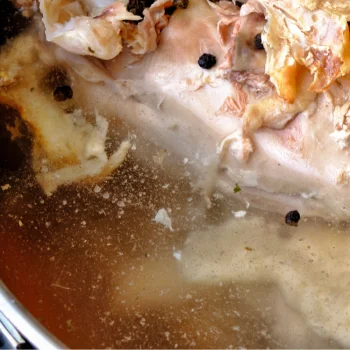
You can also use a cold water method.
Leave whole or ground turkey in its original packaging, and submerge the turkey meat in a container filled with cold water.
Note: The water should be cold so the turkey breast meat stays at a safe temperature.
Change the water every half an hour. This method takes 30 minutes per pound, so a 16-pound turkey takes eight hours to defrost.
Read More: How to Thaw a Turkey in a Cooler
3. In the Microwave
Check if your whole turkey can fit in the microwave. Remove the wrapping and put the turkey on a microwave-safe dish to catch juices.
Generally, you need six minutes per pound when thawing a turkey in the microwave. Rotate the turkey several times and flip it during the defrosting process.
“Follow the microwave oven manufacturer's instructions when defrosting a turkey. Plan to cook it immediately after thawing because some areas of the food may become warm and begin to cook during microwaving.”
- United States Department of Agriculture
Pro tip: If the turkey starts to cook instead of only defrosting, let it rest for five minutes and then resume thawing.
FAQs
Can You Tell if Cooked Turkey Is Bad?
Yes, you can tell if cooked turkey is bad. It’ll have a rotten egg smell and have a gray instead of pink color. Spoiled ground turkey can also have visible mold or a slimy texture.
What Do I Do if I Ate Bad Turkey?
If you ate bad turkey, seek medical attention immediately. Cooking spoiled or raw ground turkey can lead to nausea, vomiting, diarrhea, fever, chills, cramps, and many other symptoms. In some cases, eating spoiled meat can cause serious health issues.
How Long Does It Take for a Turkey to Spoil?
It takes three to four days for a turkey to spoil when kept in the refrigerator or fridge below 40 degrees. It takes a few hours for a turkey to spoil if kept at room temperature.
What’s the Plastic Thing in a Turkey?
The plastic thing in a turkey is called a hock lock. This plastic leg holder holds the turkey legs together, and its purpose is to ensure the turkey stays in form. It also stops the turkey from flailing during the wrapping.
Can I Leave the Neck in the Turkey?
No, you can’t leave the neck in the turkey, especially if it’s wrapped in plastic. The plastic melts and releases harmful chemicals, and you can’t eat the leftover turkey.
Why Is Turkey Button Not Popping?
The turkey button may not pop for several reasons. The turkey might be undercooked. The timer may be broken, misaligned, or the oven temp may vary. A meat thermometer is a better way to check if it's done.
At Carnivore Style, we understand how important food safety is, especially when it comes to meat. If you’re looking for high-quality, fresh turkey and other meats, check out ButcherBox. They offer premium cuts, delivered right to your door, with free shipping on every order.
References:
- https://www.fsis.usda.gov/food-safety/safe-food-handling-and-preparation/


